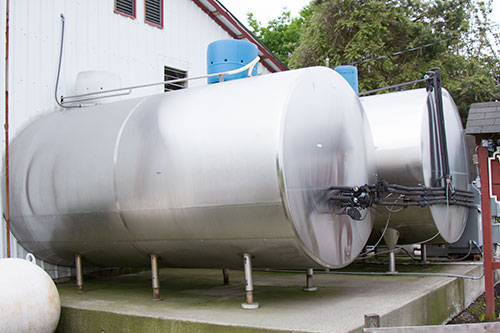
Bovine leukemia virus (BLV) is no new kid on the block, but its presence on dairy farms seems to be growing. Ron Erskine, D.V.M., from Michigan State University, kicked off the Minnesota Dairy Health Conference talking about this often silent but impactful disease.
"We're not on a good trend in terms of cows infected with BLV," Erskine said. In 1996, a NAHMS study found that 89 percent of farms had infected cows. A 2010 Michigan field study found similar results, as 87 percent of herds were infected. On those farms, an average of 33 percent of cows were carrying the virus.
Despite its prevalence, BLV is easy to ignore, since less than 5 percent of positive cattle actually develop tumors (lymphosarcoma). "A majority of infected cows don't show any symptoms," Erskine said. "But that's the problem. No one knows unless you test."
Whether a cow shows symptoms or not, she can be affected by the disease. Looking at both NAHMS data and the more recent Michigan study, Erskine pointed out an association between herd BLV prevalence and milk per cow per year. For every 10 percent increase in BLV prevalence, a herd experiences a drop in milk of 220 pounds per cow. If a herd has a 40 percent infection rate, that's 880 pounds of milk lost per cow per year.
The Michigan study found that milk losses were more apparent in older cows. Beyond milk production, BLV can affect cow longevity, cause genetic losses (from early culling), lower immune response and, in general, negatively impact cow health.
While BLV can be difficult to eliminate from a herd, Erskine pointed to practices that can help reduce the risk:
- Single-use palpation sleeves, or at least new sleeves after known BLV-positive cows
- Single use of needles
- Heat- or freeze-treated colostrum or milk fed to calves
- Good fly control
- Avoiding natural breeding with infected bulls
- Testing purchased animals
(c) Hoard's Dairyman Intel 2015
May 26, 2015








